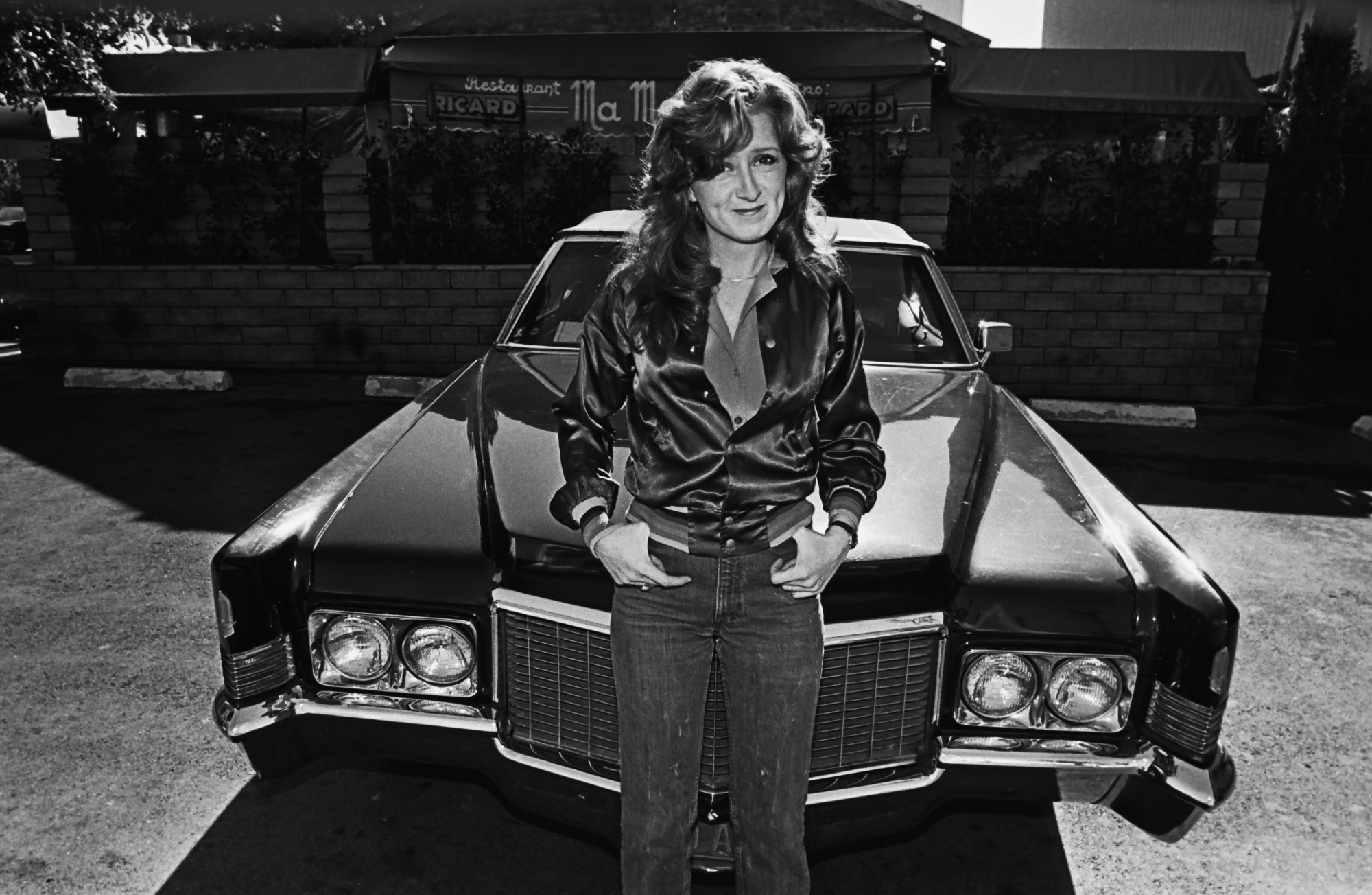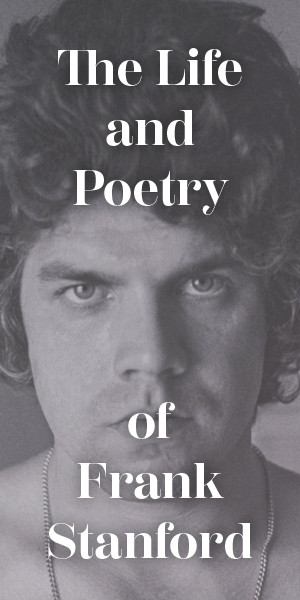
Bonnie Raitt, 1980 © George Rose/Getty Images
Lost in Love
How “I Can't Make You Love Me” became a modern standard
By Annie Zaleski
When relationships collapse, it isn’t always due to one explosive act or a sudden rupture. Sometimes, the separation happens gradually over time—so gradually that when the ending does arrive, the realization feels like a dull ache, not an emotional sucker punch.
That’s the underlying premise of “I Can’t Make You Love Me,” which chronicles a couple spending one last night together before one person initiates a breakup. The song is considered a modern standard, with the best-known version by Bonnie Raitt on 1991’s Luck of the Draw. After her take came covers by Prince, Carrie Underwood, Bon Iver, Adele, Aretha Franklin, Boyz II Men, Tank, and many others. The song’s appeal comes from vulnerability—there’s no sugarcoating the sadness and despair over the relationship ending—and its inclusive approach.
Written from the perspective of the partner proposing the split, “I Can’t Make You Love Me” is permeated by an agonizing sense of resignation and isolation. The narrator realizes that their partner isn’t in love anymore and forcing affection just won’t work: “’Cause I can’t make you love me if you don’t / You can’t make your heart feel something it won’t.” The latter line scans as hard-fought acceptance: The narrator is repeating this as if it’s a therapeutic mantra they’ve finally internalized.
That doesn’t mean splitting up is easy. In the first verse, the narrator tries to quash any doubts they’re having (“Turn down these voices inside my head”) so they can rest. But they also long for a peaceful final night with their partner, free of discord and deceit (“Lay down with me, tell me no lies”); in fact, they repeat the plea “Don’t patronize me” twice for good measure, demanding respect despite the chill between them. Furthermore, the song’s chorus aches with poignant longing for what might have been, had the relationship not become so one-sided: “I will lay down my heart and I’ll feel the power / But you won’t—no, you won’t.”
The twist of “I Can’t Make You Love Me” is that it’s unclear whether both people in the relationship realize what the morning will bring. The second verse especially vacillates between deep pain born from a lack of affection (“I’ll close my eyes, then I won’t see / The love you don’t feel when you’re holdin’ me”) and the knowledge that relinquishing the relationship is ultimately for the best. The partner is dreading breaking the news, even though they need one last night before they throw in the towel and end things on their own terms: “Just give me till then to give up this fight / And I will give up this fight.”
Throughout, the lyrics pointedly don’t indicate the gender of either person, making the song universal and relatable, with that ambiguity extending to interpretations of “I Can’t Make You Love Me.” In another reading of the song, the narrator has realized that their reluctant partner is about to walk away—the very next morning. As a result, the lyrics represent an inner monologue centered around preparing for this imminent departure, and bracing for what’s sure to be a painful breakup.
“I Can’t Make You Love Me,” co-written by Mike Reid and Allen Shamblin, has distinct Southern ties. A prolific and decorated composer, Shamblin was raised in Texas near Houston and has written (or co-written) songs cut by Randy Travis (“He Walked on Water”), George Strait (“Poison”), and Miranda Lambert (“The House That Built Me”). Reid took a more circuitous route to Nashville. Although he earned a bachelor’s in music from Penn State in 1969 and then played piano for the Utah Symphony Orchestra and others, he put the arts on the back burner for a professional football career. In his five years with the Cincinnati Bengals, he was a two-time Pro Bowl defensive tackle. After retiring in 1974, he returned to music and enjoyed similar success, winning a Grammy for co-writing Ronnie Milsap’s “Stranger in My House.”
The songwriting duo spent months trying to perfect “I Can’t Make You Love Me,” first envisioning it as a brisk bluegrass song. “Ricky Skaggs was having hits at the time and I thought, ‘That sounds like a Ricky Skaggs idea,’” Reid told Stereogum. Lyrically, the song grew from a newspaper article in the Tennessean about a man whose alcohol dependence issues led to him getting divorced. As quoted in the article, his response was: “You can’t make a damn woman love you if she don’t.”
Drawing on that quip, the songwriters developed the two main chorus lines but had trouble finishing it. “It’s interesting, because no matter what we did, we couldn’t get it any further than that,” Reid told Stereogum. “So, we would stop and move on to another song. But we would always come back to it.” As it turns out, Reid’s piano background came into play as “I Can’t Make You Love Me” came together. “One day, he said, ‘Come up to the living room,’ where his piano was,” Shamblin told the Tennessean. “He sat down and started playing this melody, and it was one of the most moving pieces of music I’d heard.”
Indeed, as “I Can’t Make You Love Me” starts, the melody immediately cascades downward—the aural equivalent of feeling glum and downtrodden—and unfolds with subtle moments of sighing hesitation. The melody continues to languish in this gloomy state, drawing listeners into the melancholy in a visceral, profound way. It’s no wonder Raitt wanted to record the song upon hearing just a demo: “I knew it was a really special song and the most special one I was going to be able to record.”
Despite such specific origins, some artists saw the message of “I Can’t Make You Love Me” as a challenge. For example, Prince recorded a cover in 1996, retitled “𓁹 Can’t Make U Love Me” and reimagined as a sultry slow jam with extra lyrics referencing romance and sex. Rather than a final goodbye, his version envisions one last seduction that might lead to reconciliation.
Prince is an outlier, however, as Bonnie Raitt’s soulful take on “I Can’t Make You Love Me” hews closely to the lyrical themes. A Top 20 pop hit upon release in 1991, this version regularly makes lists of the greatest songs of all time and is in the Grammy Hall of Fame. The appeal is easy to see: Raitt sounds both somber and reverential, as if she’s sending off the relationship with a loving eulogy. Fittingly, her vocals were done in one take. “I didn’t have a rule about it being one take, it’s just that we put so much into making that moment very special that there wasn’t any reason to do it again,” she told Stereogum. “Plus, I [sic] took me a minute to recover from how sad it was.” The song’s piano accompaniment, from Virginia native Bruce Hornsby, is evocative and elegiac, threading through the despair with sensitivity.
Raitt’s unadorned approach became a blueprint for a sparse, folky 2011 version by the indie artist Bon Iver and an equally moving 2023 take by Iam Tongi, the winner of American Idol’s Season 21. A 2011 live version by Adele also exudes seriousness. Although known for her vocal power, she honors Raitt’s original by employing a more nuanced, smoky delivery; in her telling of the song, the sadness is overwhelming and numbing. When Carrie Underwood tried out for American Idol, she also wowed the judges with a more understated take on the song, bringing a hint of gospel to an a cappella performance.
Several r&b versions of the song also amplify the melancholy at the song’s core. George Michael released a meditative version in 1997 that became a massive UK hit, reaching No. 3 on the singles chart, while Tank cut an equally ruminative solo piano version in 2010. Both versions are particularly meaningful: Each man’s voice shoulders the song’s sadness. Michael especially emphasizes the line “You can’t make your heart feel something it won’t,” bringing another meaning to the lyric: He’s not imagining saying this to his partner but to himself. Tank, meanwhile, often slips into delicate falsetto, lending fragility to the scenario described in the lyrics.
But it’s the lesser-known versions of “I Can’t Make You Love Me” that offer even more nuance. Elysia Crampton, who has also recorded as E+E, interpreted the song in a deconstructed way under the title “Fire Gut.” She takes contributions from the Houston-based vocalist Lashay—who sings the lyrics with a keening ache—and shrouds her voice in a disorienting sound tornado: dreamy guitar, shimmering percussion, disorienting found sounds, electronic diffraction. The song sounds like it’s slowly burning up in a crackling house fire, as it disintegrates and becomes submerged in the noise as it progresses. It’s a rather literal interpretation of the split described in “I Can’t Make You Love Me”—but it’s as emotional and enduring as the versions representing a clean break.




